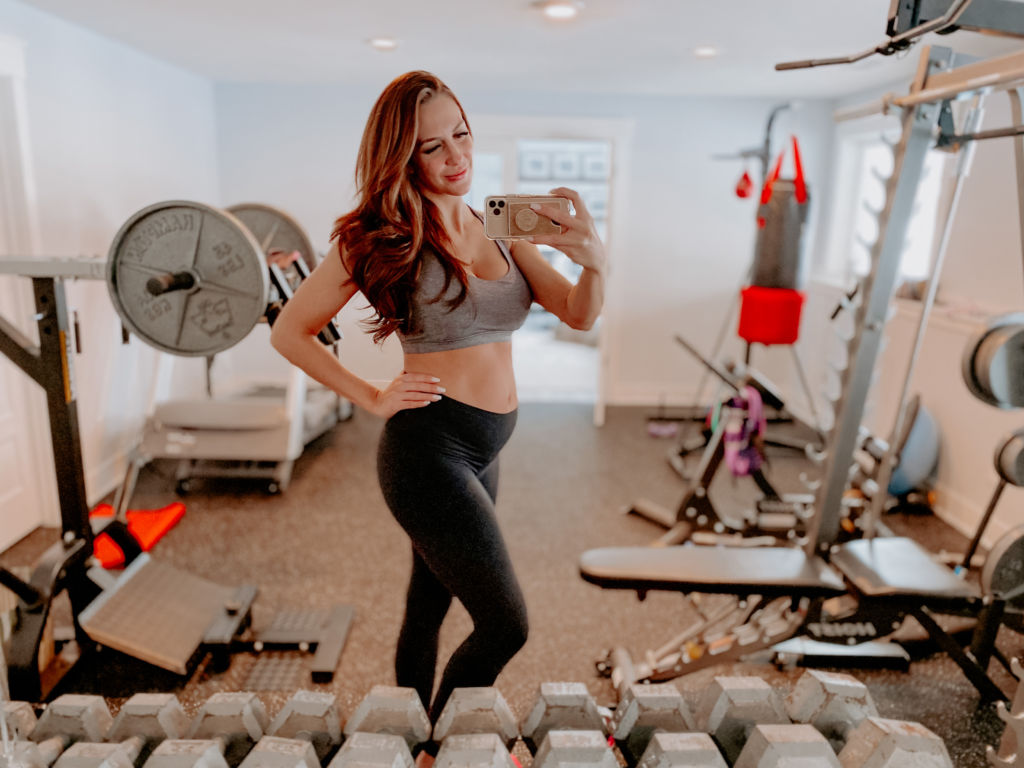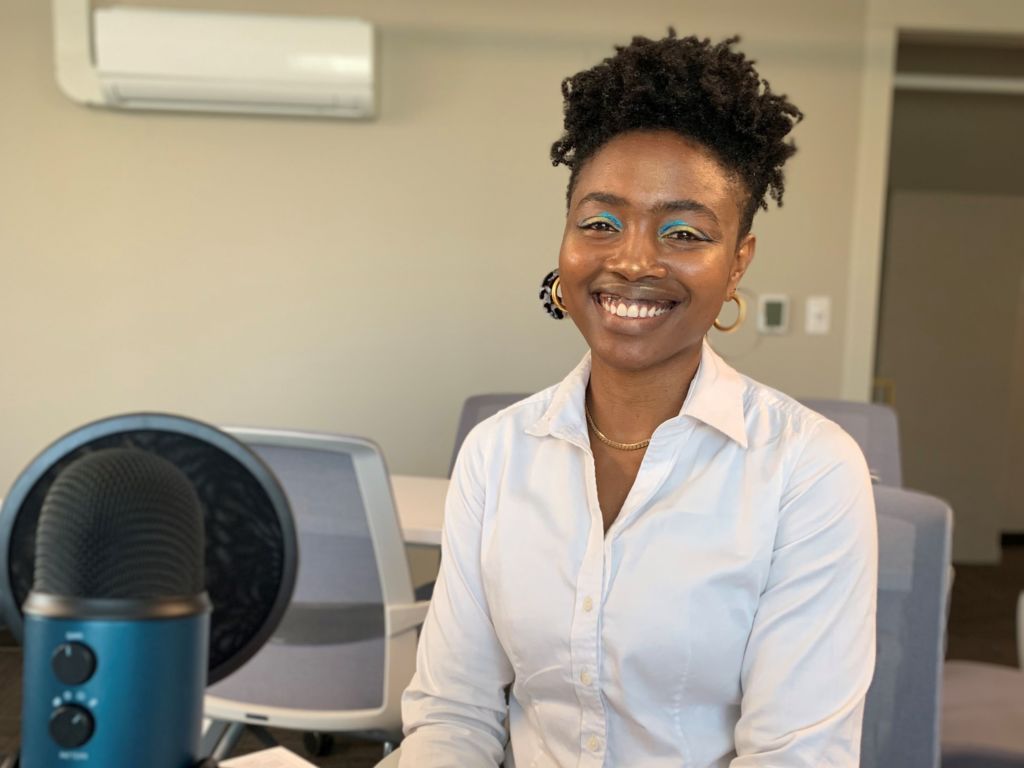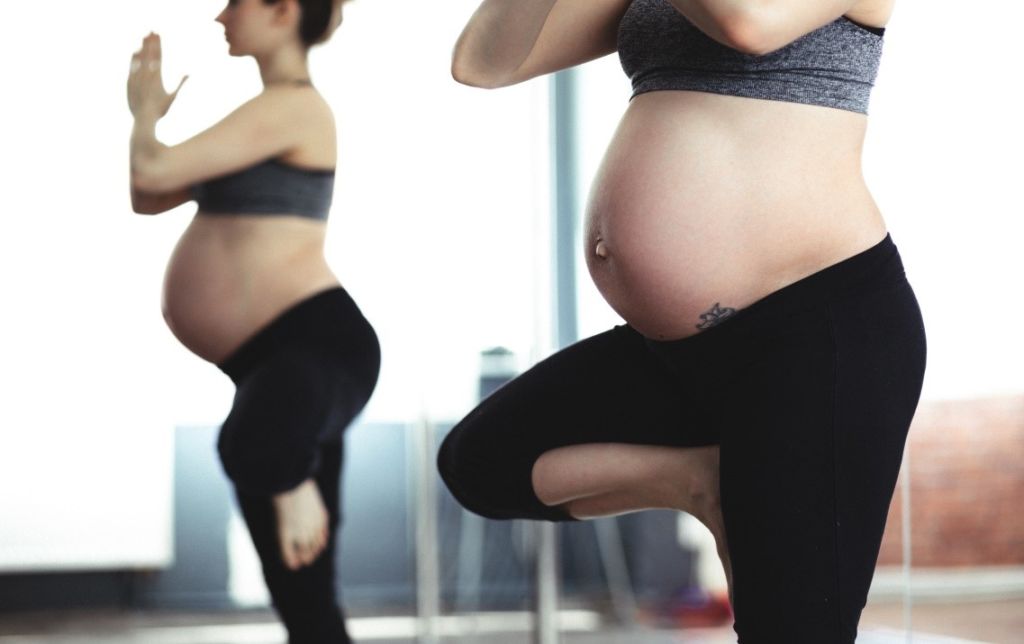Preventing Preeclampsia with Proper Nutrition

Preeclampsia is a prenatal and postpartum condition that is hallmarked by gestational hypertension and the presence of protein in the urine. It occurs in approximately 5-8% of pregnant women and can be life-threatening. Women who have had preeclampsia with a previous pregnancy are at a higher risk of developing it again. The symptoms of preeclampsia […]
COVID-19 Reduce Your Risk!

Ask The Doulas Podcast · Corona Virus Update on Doulas Reduce Your Risk by Megan Mouser, NP. March 31, 2020 STATISTICS COVID-19 With statistics regarding the novel coronavirus changing daily (and even hourly), the most up-to-date information can come from Michigan Department of Health and Human Services as well as the Centers for Disease […]
Staying Fit and Healthy During Your Pregnancy

My name is Kaysie, and I am currently 20 weeks pregnant. This is my 4th pregnancy and the first one where I have maintained a very healthy and fit lifestyle. I am a mom of three – 16, 13, and 7. After my last child was born I was the heaviest I had ever been […]
Symphysis Pubis Dysfunction with Rise Wellness Chiropractic: Podcast Episode #90

Dr. Annie and Dr. Rachel talk to Alyssa about Symphysis Pubis Dysfunction (SPD), how to prevent it, how to treat it, and things every pregnant and postpartum woman should be doing! You can listen to this complete podcast episode on iTunes or SoundCloud. Hello. Welcome to another episode of Ask the Doulas. I am Alyssa, […]
Preparing Your Body For Pregnancy: Podcast Episode #84

Dr. Nave now works with queens through her virtual practice Hormonal Balance. We talk this time about how a woman can prepare her body for pregnancy. You can listen to this complete podcast episode on iTunes or SoundCloud. Alyssa: Hello! Welcome to another episode of Ask the Doulas Podcast. You have Kristin and Alyssa here […]
Understanding Your Cycle: Podcast Episode #82

Dr. Nave now works with queens through her virtual practice Hormonal Balance. She talks with us today about a woman’s monthly cycle. What’s “normal”? What if you don’t get a period at all? Is PMS a real thing? You can listen to this complete podcast episode on iTunes or SoundCloud. Alyssa: Hello, welcome to Ask […]
Pregnancy Shouldn’t Be Painful

Gold Coast is thrilled to present a guest post by Sally Talbot, PT, Senior PT and co-owner of Health Motion Physical Therapy. Pregnancy is a wonderful and amazing time. However, creating a new life does create some major changes in the body. Pain in different areas during pregnancy is a common complaint. Physio–pedia.com states that back […]
High-Risk Pregnancy Support

Being on bed rest can be challenging. I know this from personal experience, as I was on bed rest for several weeks with preeclampsia during my first pregnancy. I was lucky enough to live above the Electric Cheetah at the time. The staff delivered healthy meals to my door when my husband was at work. […]


